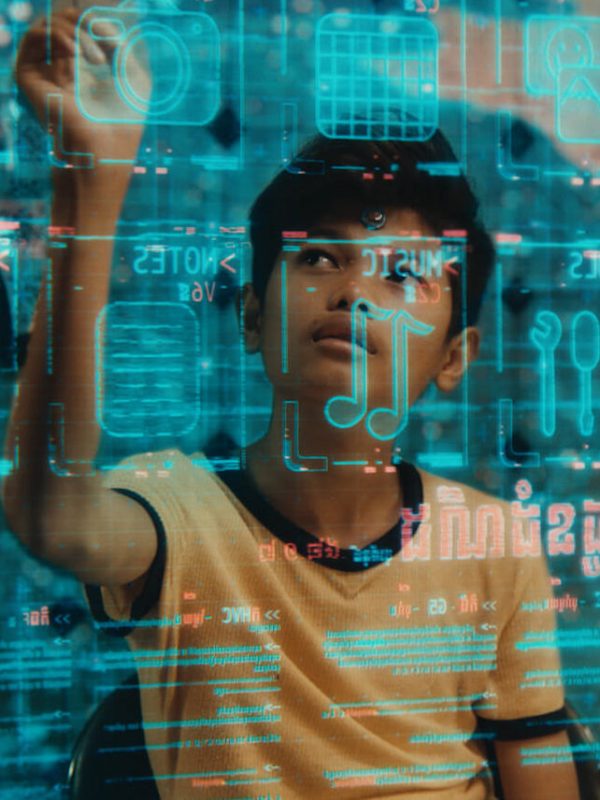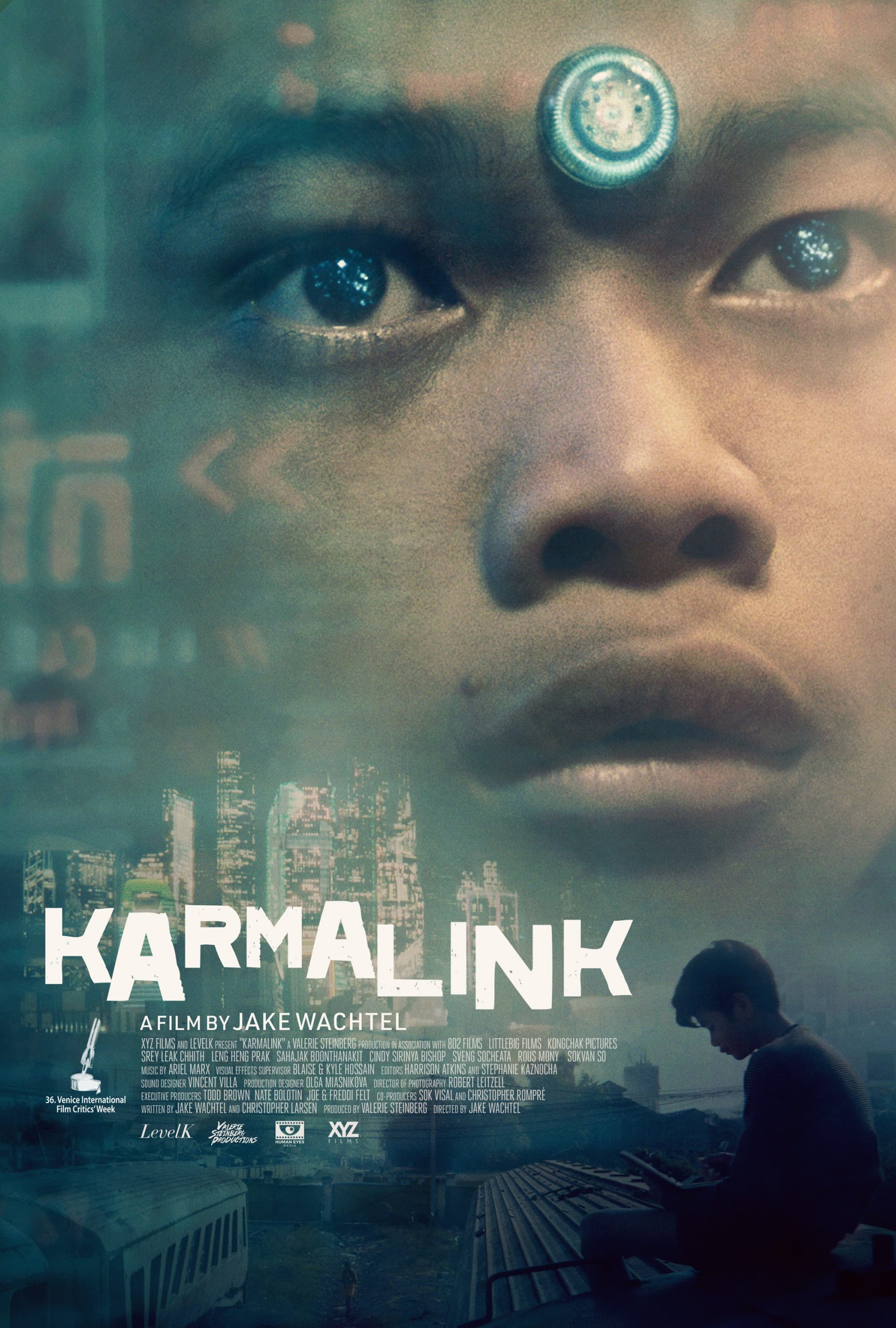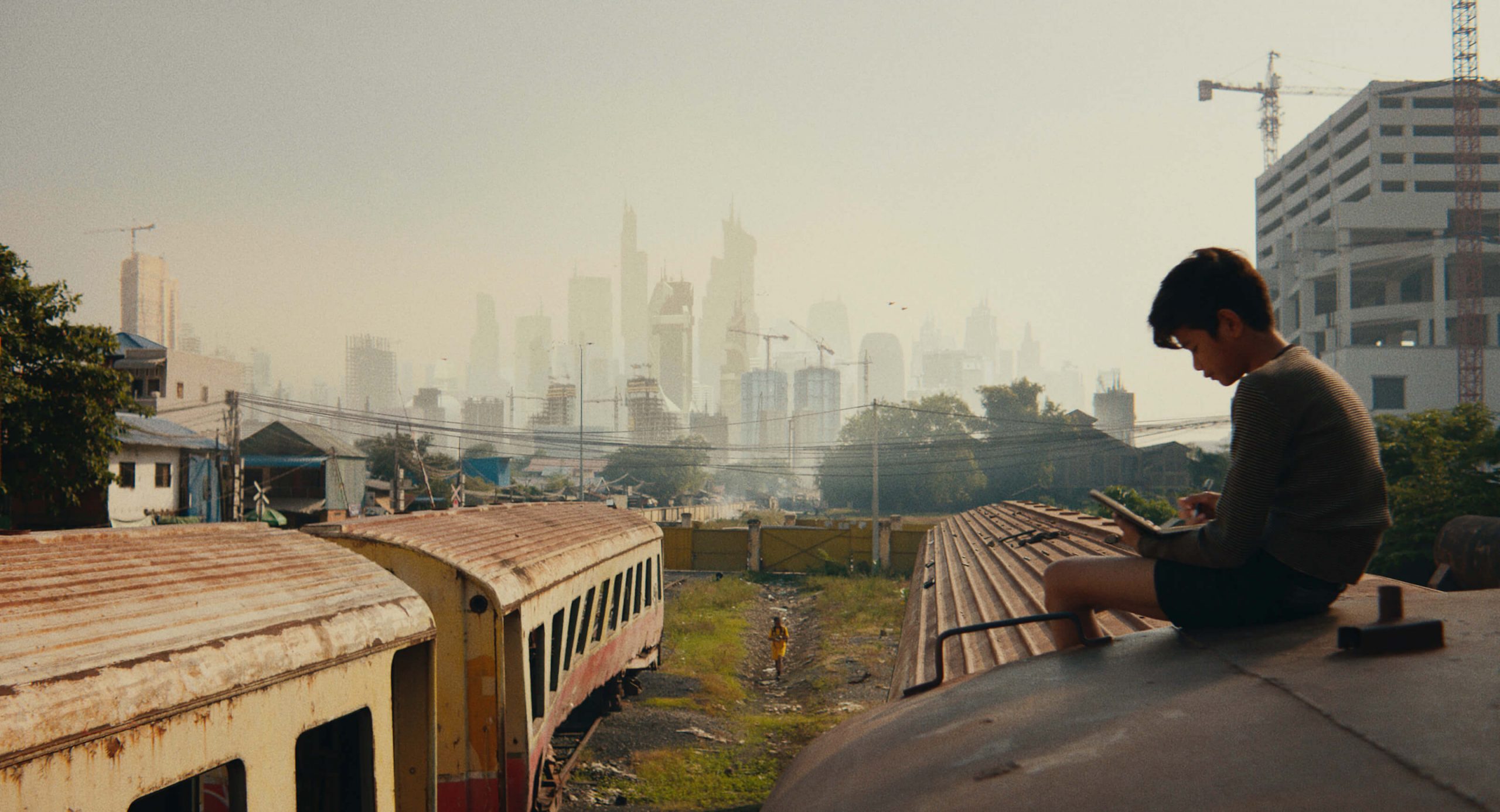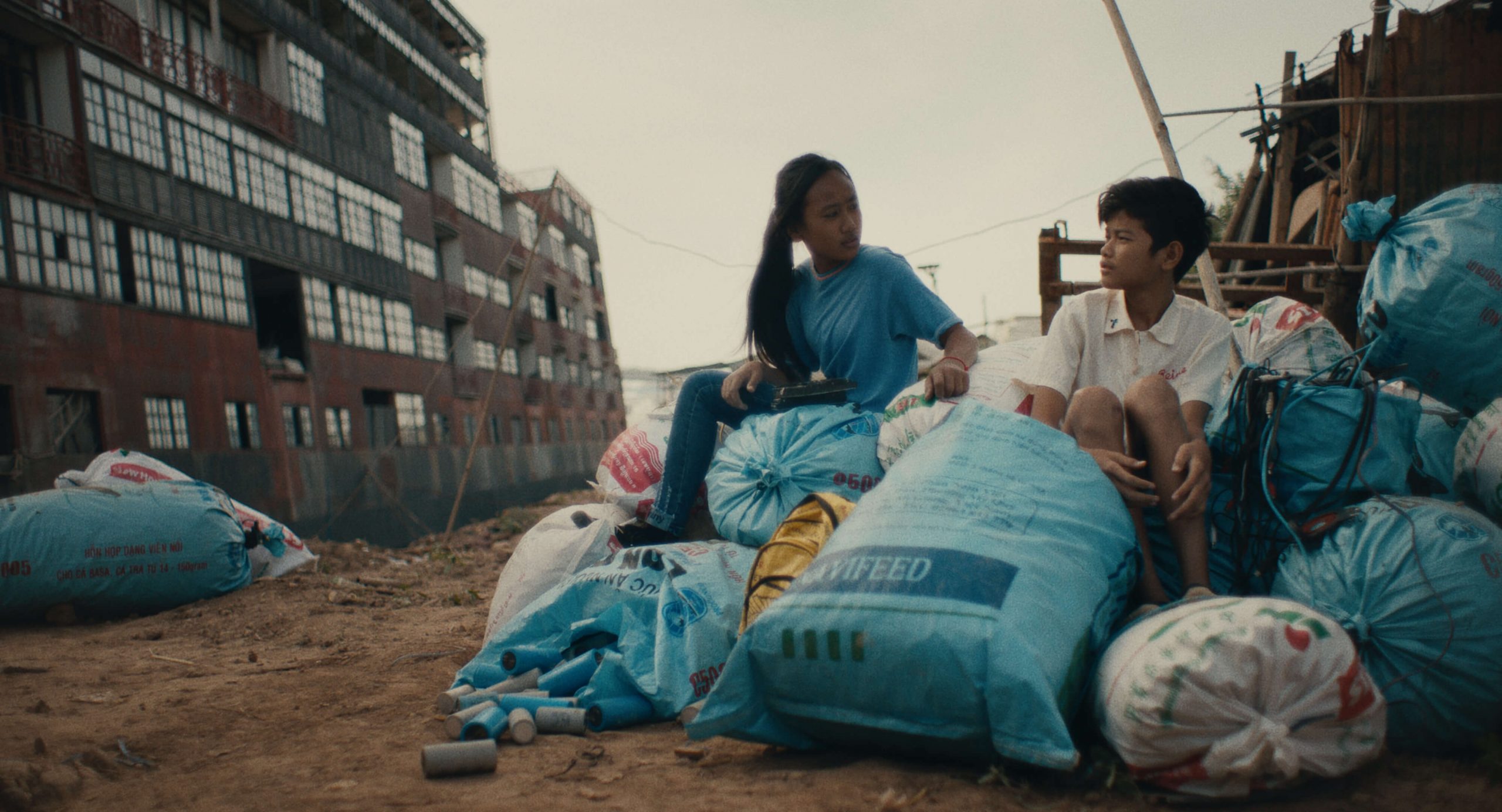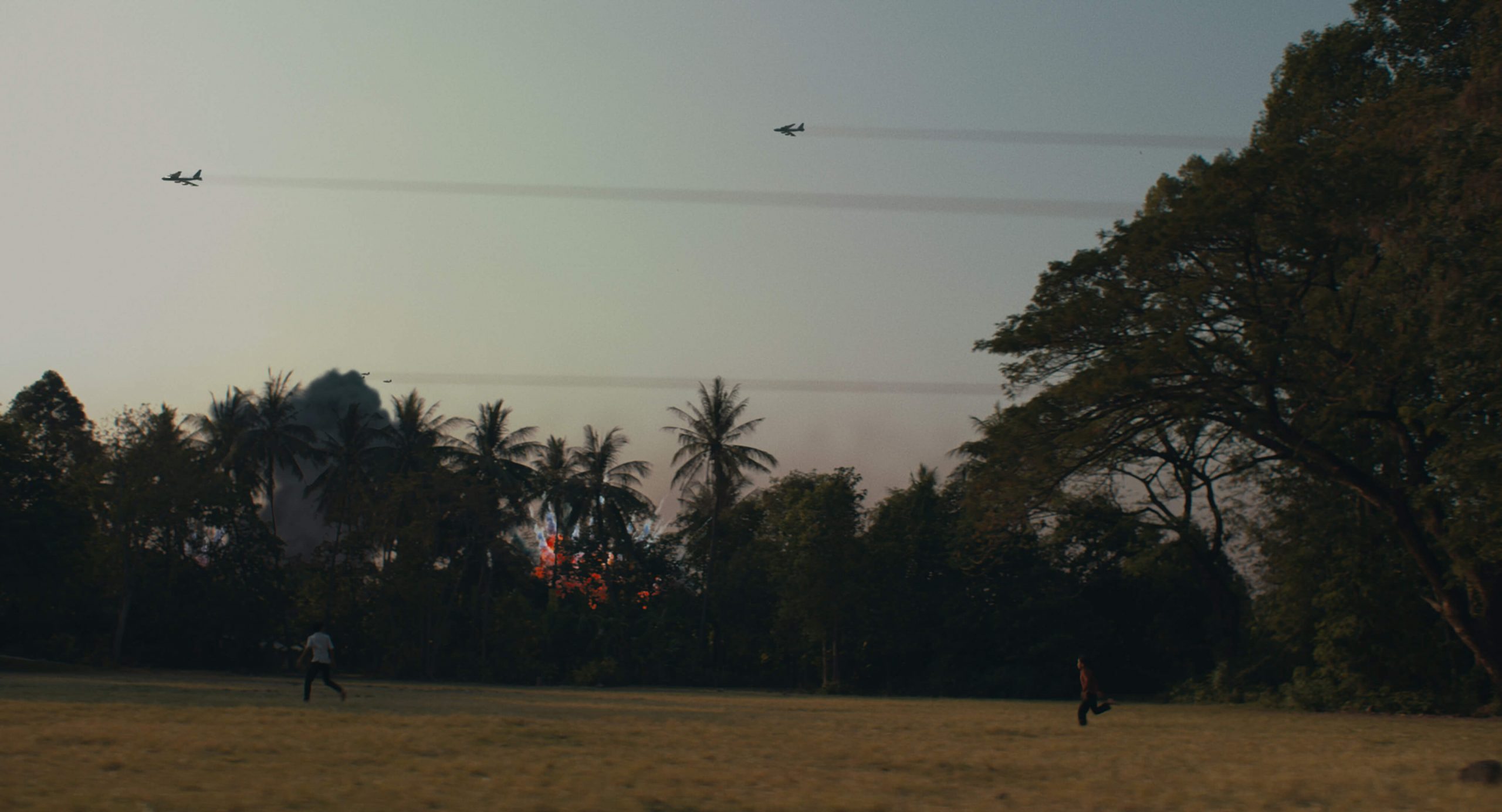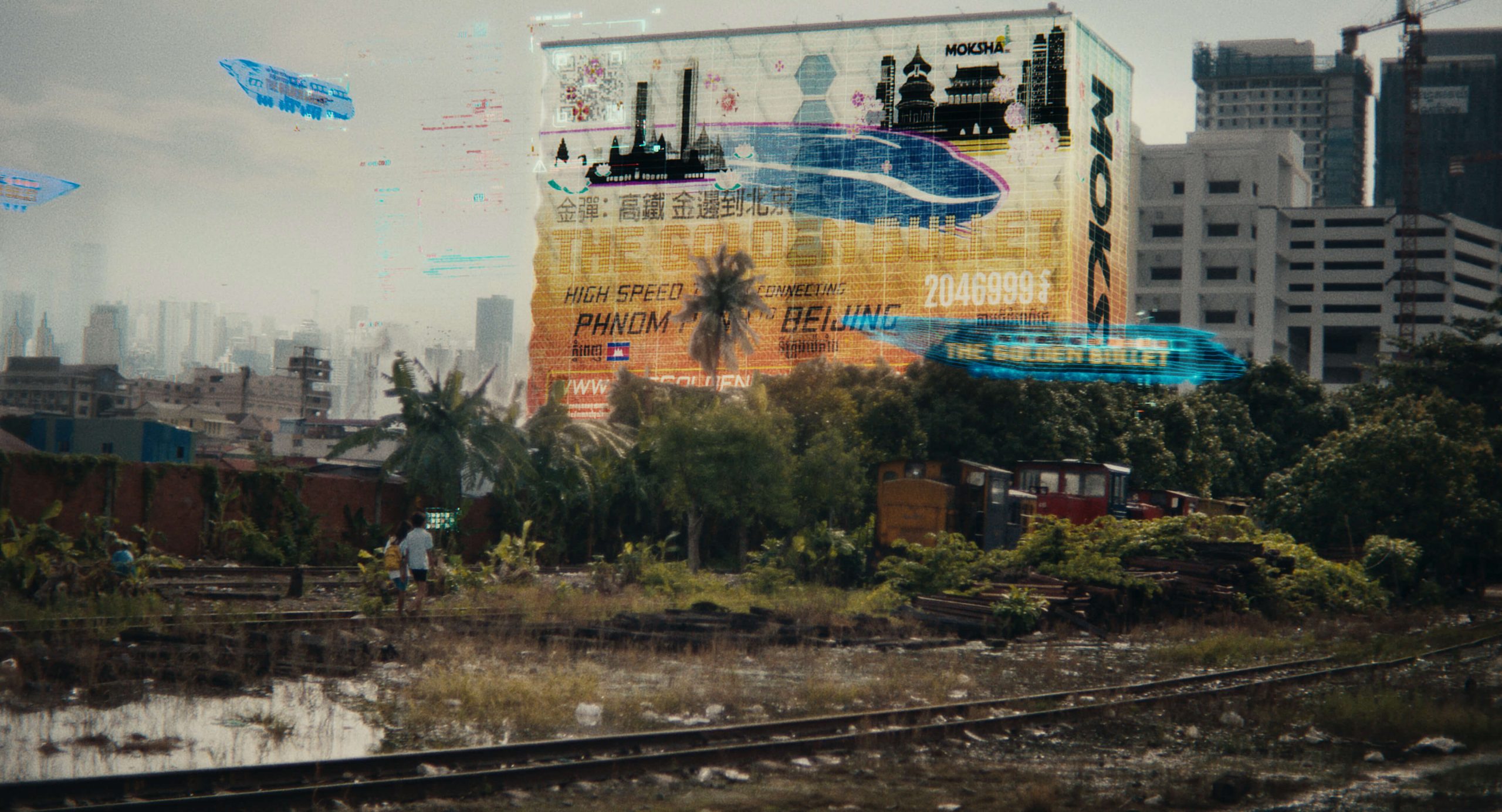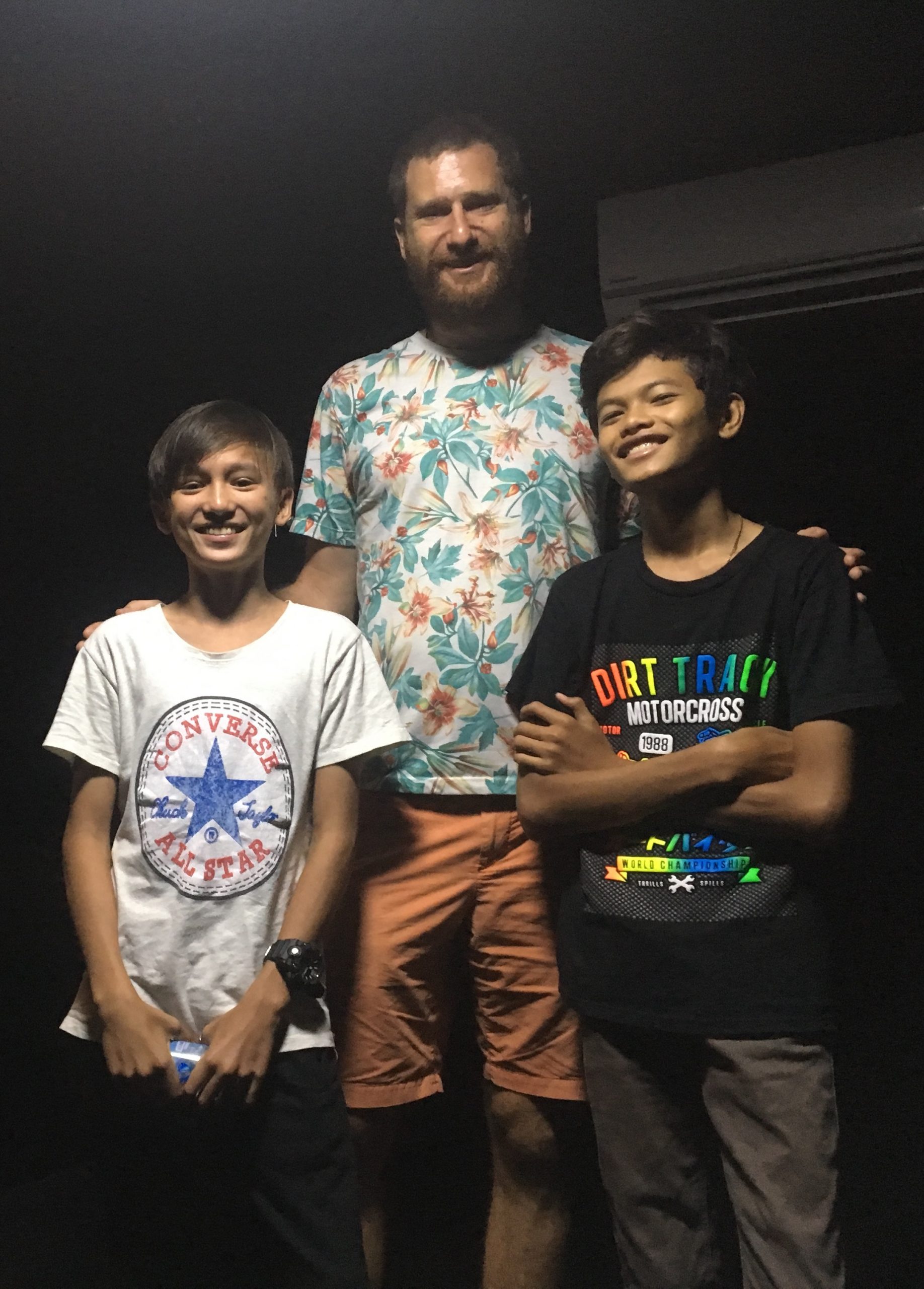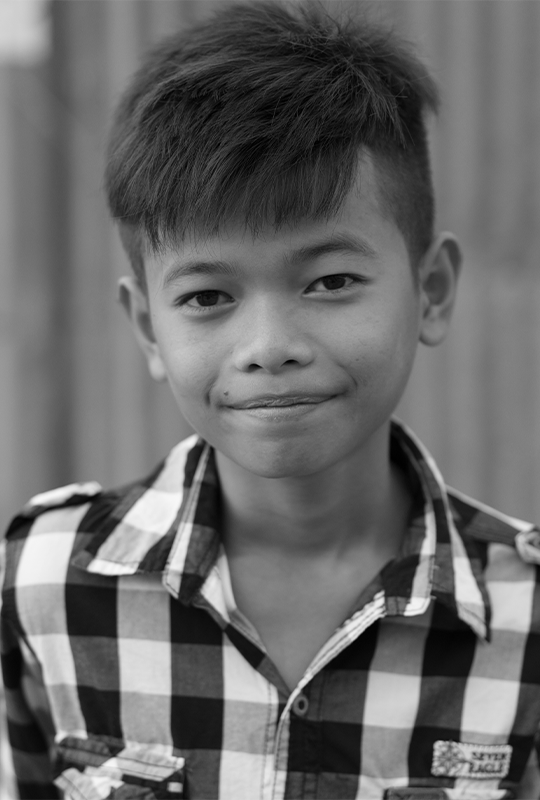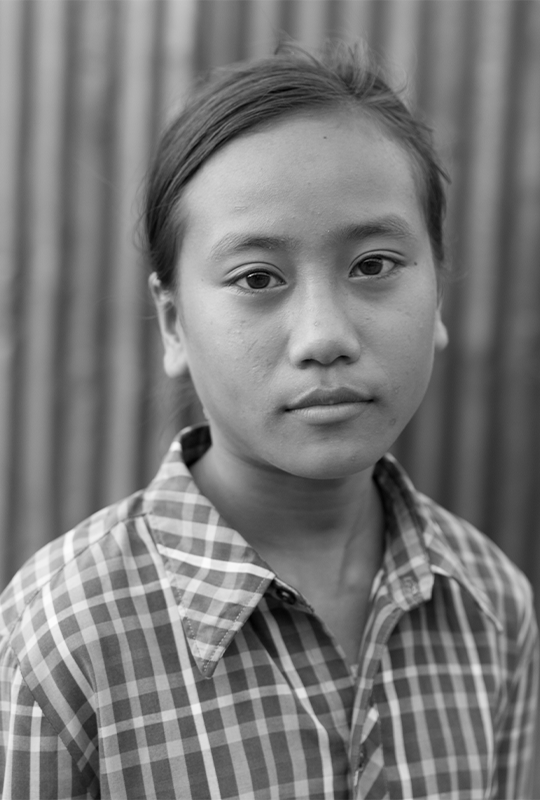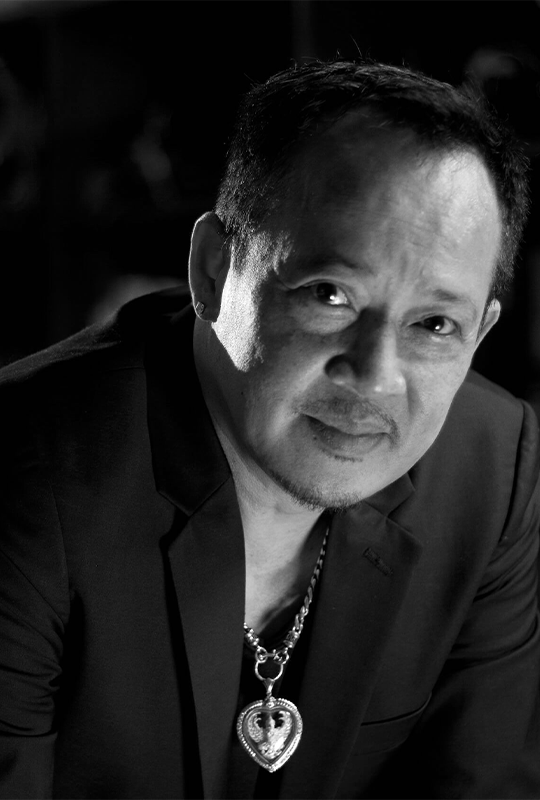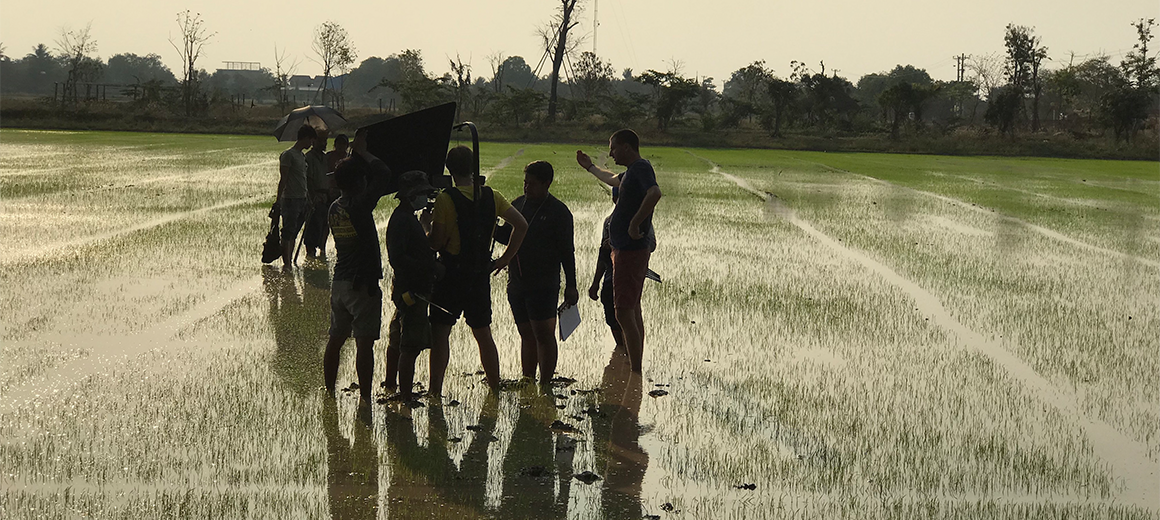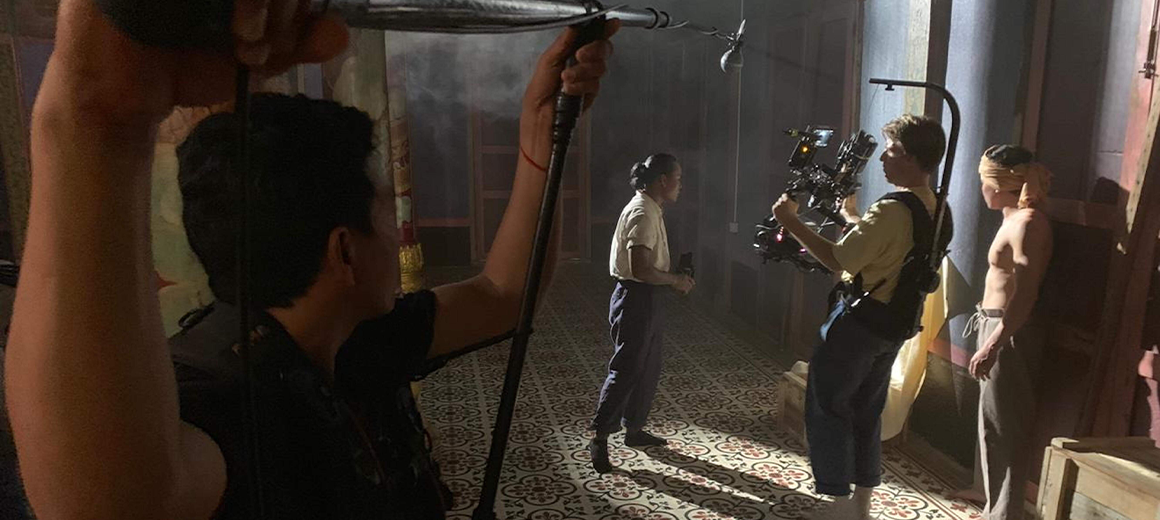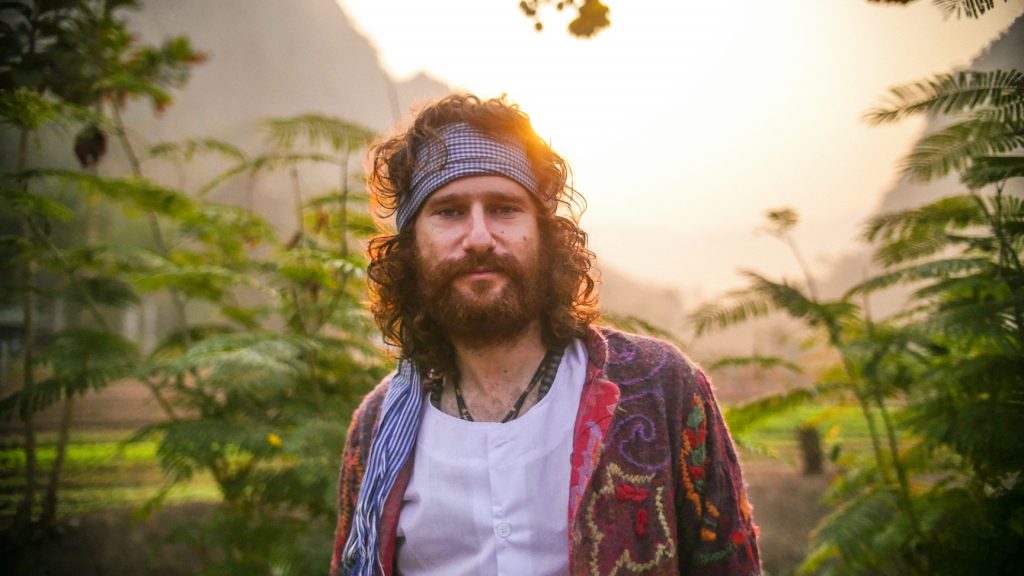
Cambodia is speeding headlong into the future. It often seems like things are changing here much faster than in Silicon Valley, where I come from. Fertile, yet perennially overlooked, ground for a sci-fi story.
How is this rapid development affecting the individual, culture, values? For example, how did family structure change when kids began signing up for Facebook, creating personal profiles? The very design of Facebook has a profoundly different effect in a community-oriented place like Cambodia, than it does in the individualist West, where the technology was developed.
I found myself reflecting on these questions continually during my year teaching filmmaking to kids living in Tralop Bek, a neighborhood built around the railroad tracks that bisect Phnom Penh. Tralop Bek is a special place, in this chaotic and teeming metropolis—it really has a small community, traditional feel. But Tralop Bek is under threat from displacement from all sides—the physical kind (see: the 4,000 families “relocated” from nearby Boueng Kak Lake, which was filled in with sand to make space for luxury developments), but also more much more subtle forms.
I rather hate the word “slum” because it carries in the imagination a litany of heinous sufferings. For all intents and purposes, Tralop Bek is a “slum”—most people there don’t make much money, even by Cambodian standards—but the typical stories about “slums” are woefully unrepresentative of this place. You know these stories, full of the tropes of “poverty porn”, encouraging us to root for the protagonist to escape their plight (and by extension, their community)—the ultimate individualist, capitalist fantasy. I hope Karmalink, as a celebration of Tralop Bek and its inhabitants, can be an antidote to that narrative, while questioning the trade-offs being made as we hurtle ever faster into a more homogenized, consumerist, and connected future.
Finally, as an avid meditator who studied neuroscience, I’m perpetually fascinated by the strange machinations of well-meaning but myopic techno-utopists, so those elements figure into the story as well.
